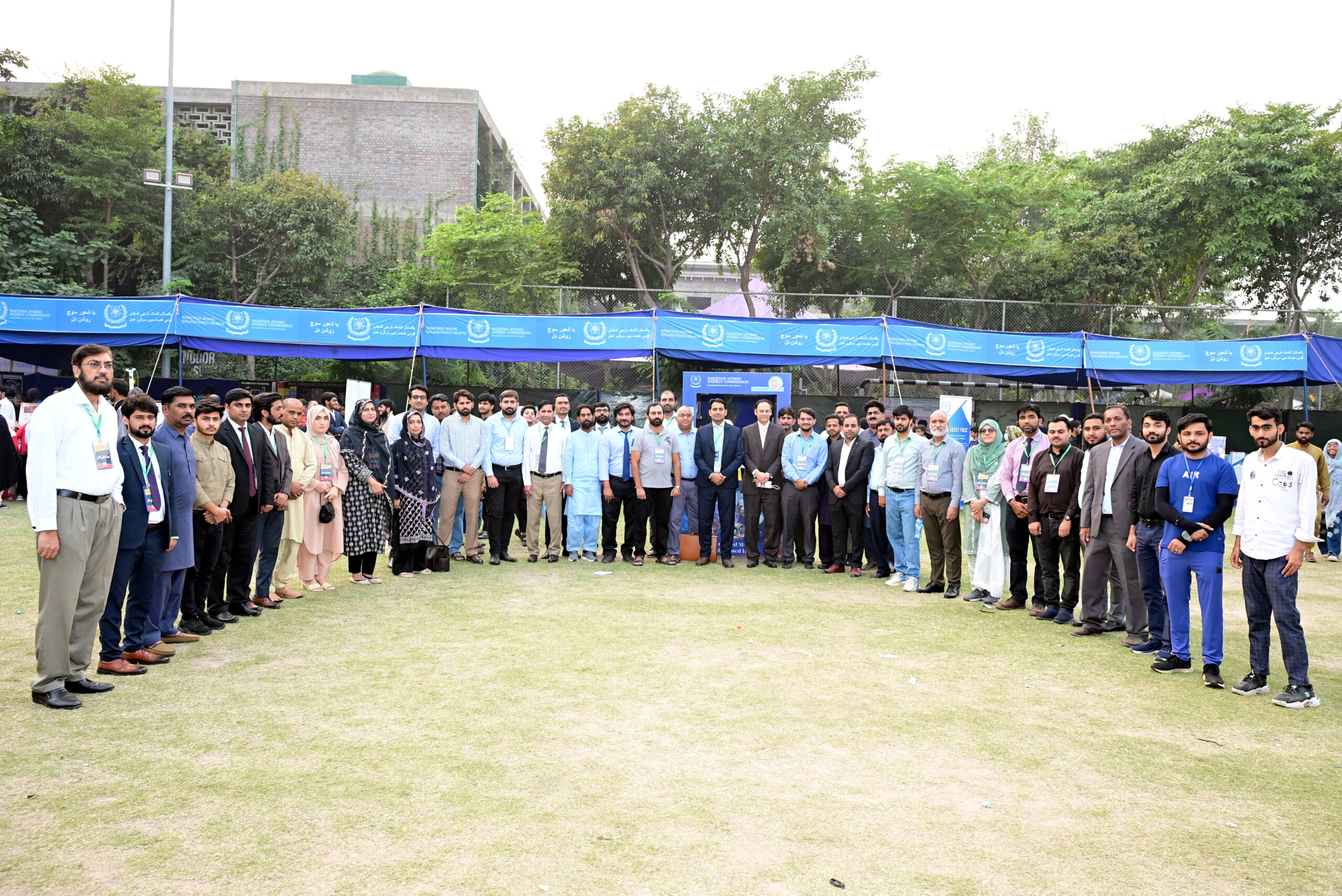WASHINGTON: Damage to undersea cables in the Red Sea is disrupting telecommunications networks, forcing providers to reroute up to a quarter of traffic between Asia, Europe and the Middle East, including Internet traffic.
According to Hong Kong-based telecommunications company HGC Global Communications, the cables of four major telecommunications networks were “cut”, causing “significant” disruption to communications networks in the Middle East.
HGC estimated that 25% of traffic between Asia and Europe, as well as the Middle East, was affected, it said in a statement.
The company said it would reroute traffic to minimize disruption to customers and also “extend assistance to affected businesses.”
HGC did not say how the cables were damaged or who was responsible.
South Africa-based Seacom, which owns one of the affected cable systems, told CNN that repairs will not begin for at least another month, in part because of the time it takes to secure permits to operate in the area.
Other affected networks include the Asia-Africa-Europe 1, a 25,000 kilometer (15,534 mi) cable system connecting Southeast Asia to Europe via Egypt. The Europe India Gateway (EIG) was also damaged.
EIG connects Europe, the Middle East and India and counts Vodafone as a major investor. Vodafone, the UK’s major mobile network operator, declined to comment.
The company says on its website that it can send Internet traffic over about 80 undersea cable systems that reach 100 countries.
Most major telecommunications companies rely on multiple submarine cable systems to allow them to reroute traffic in the event of an outage to ensure uninterrupted service.
Underwater cables are an invisible force driving the internet, with many funded in recent years by internet giants such as Google, Microsoft, Amazon and Facebook, Meta’s parent company. Damage to these undersea networks can cause widespread internet outages, as happened after the 2006 Taiwan earthquake.





